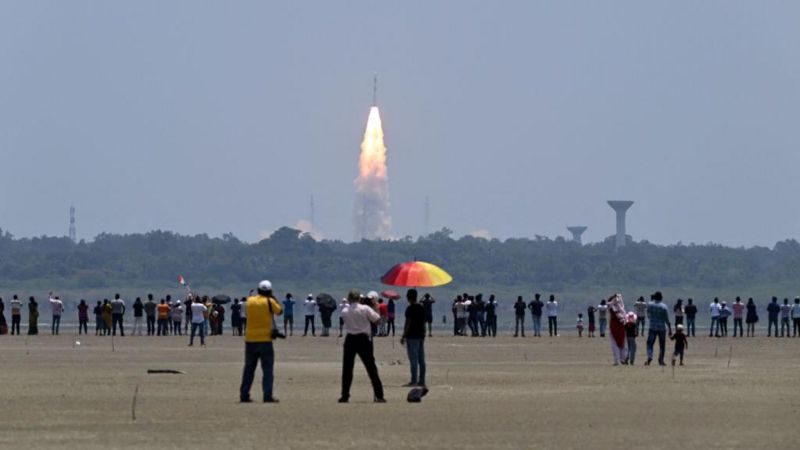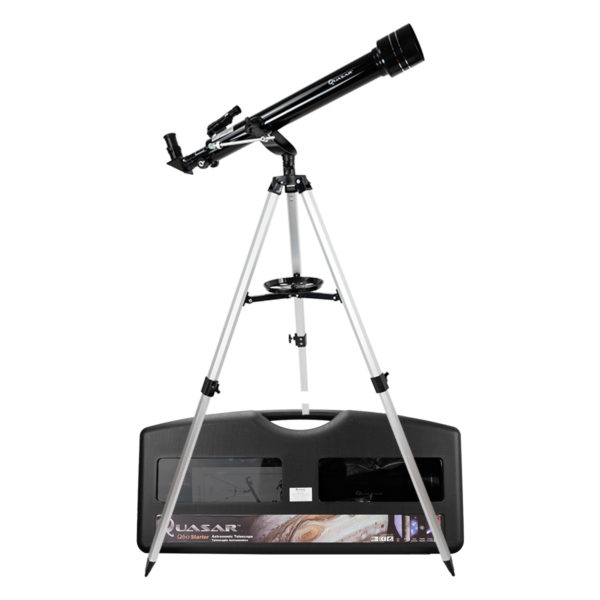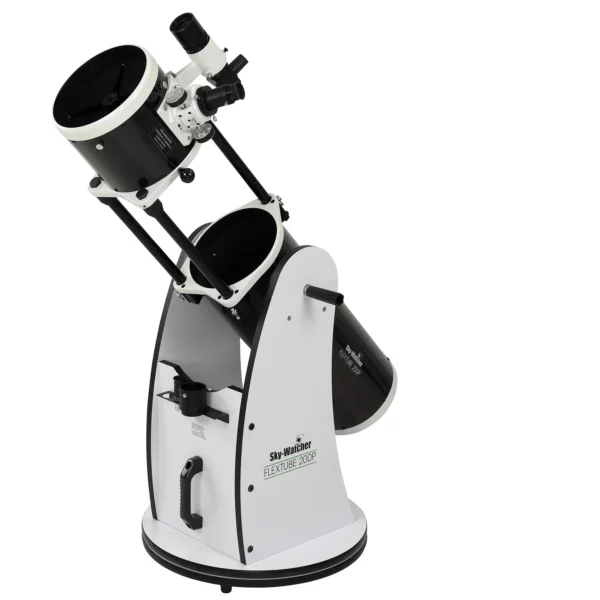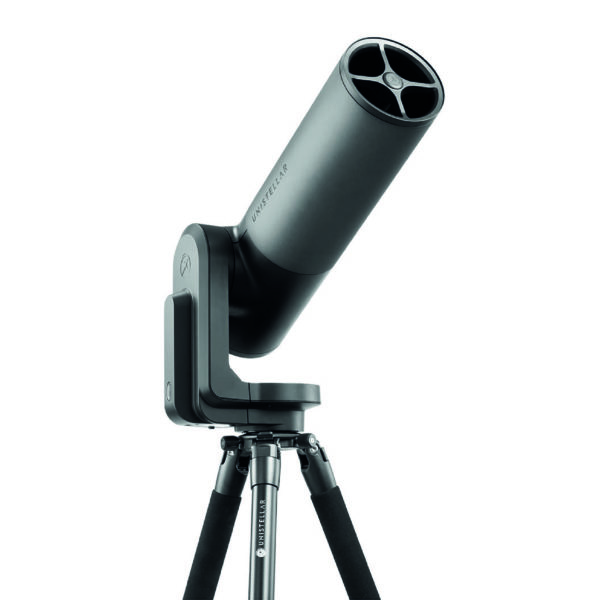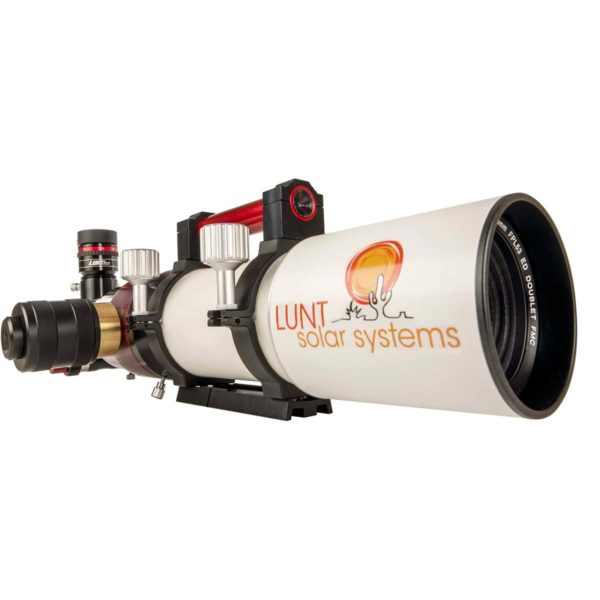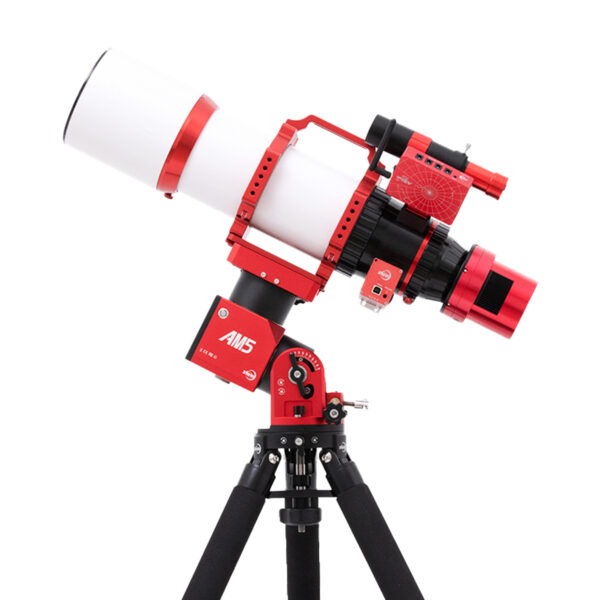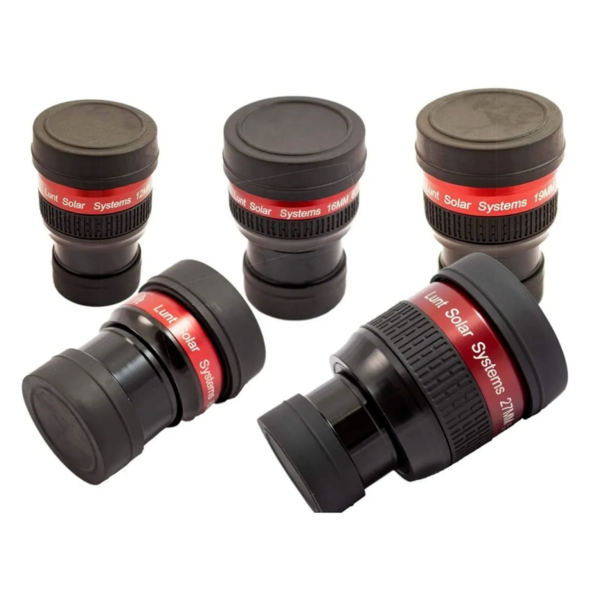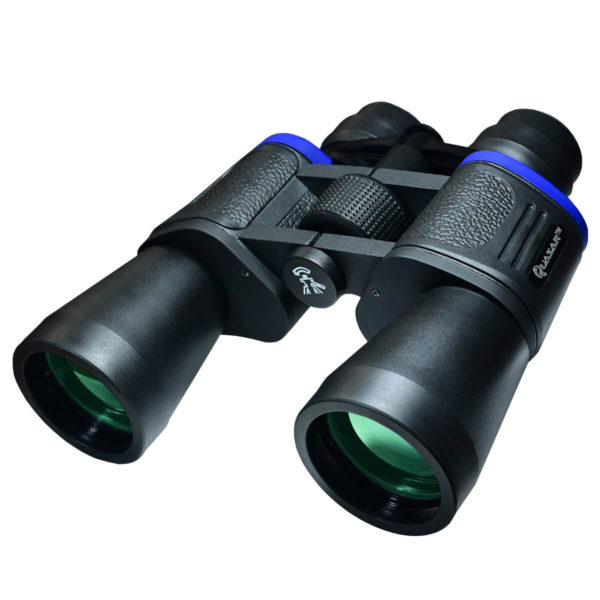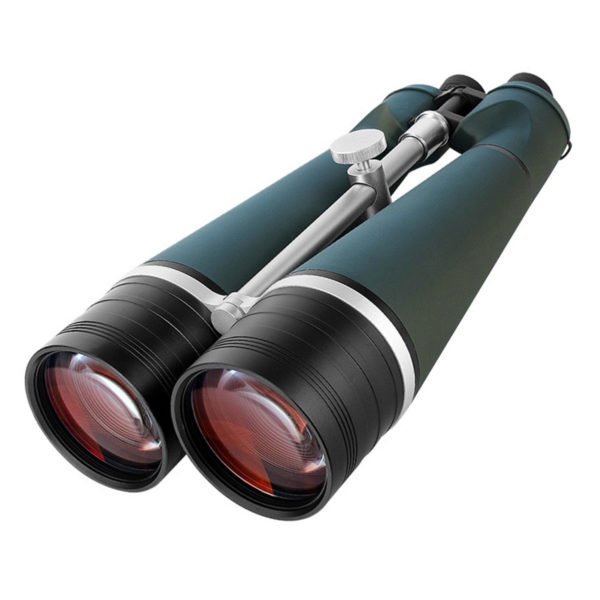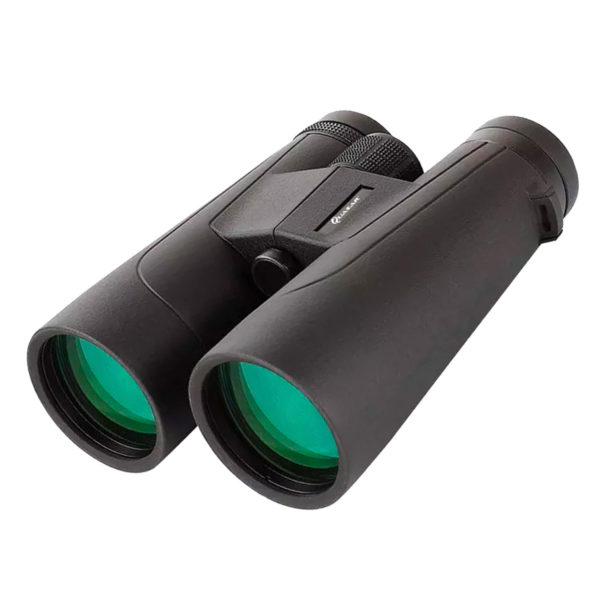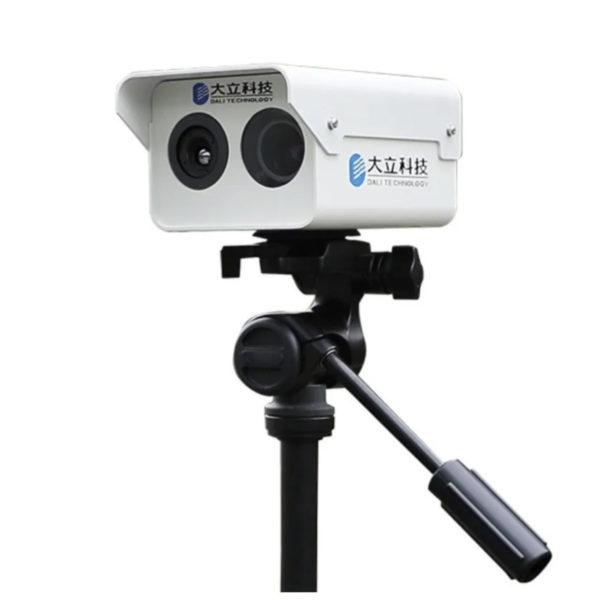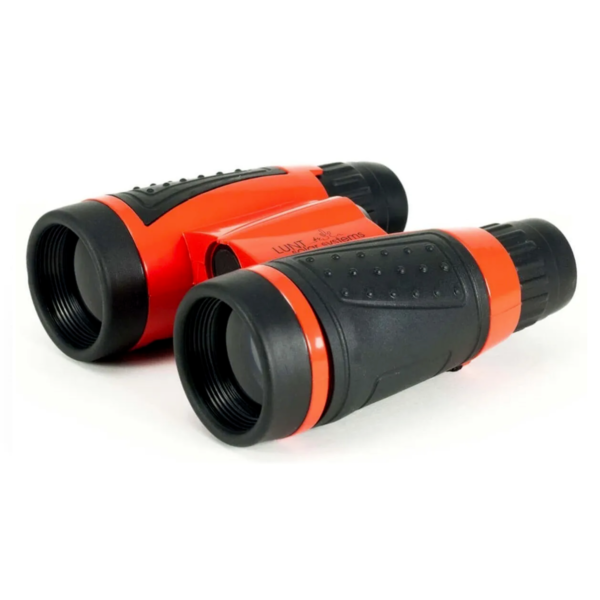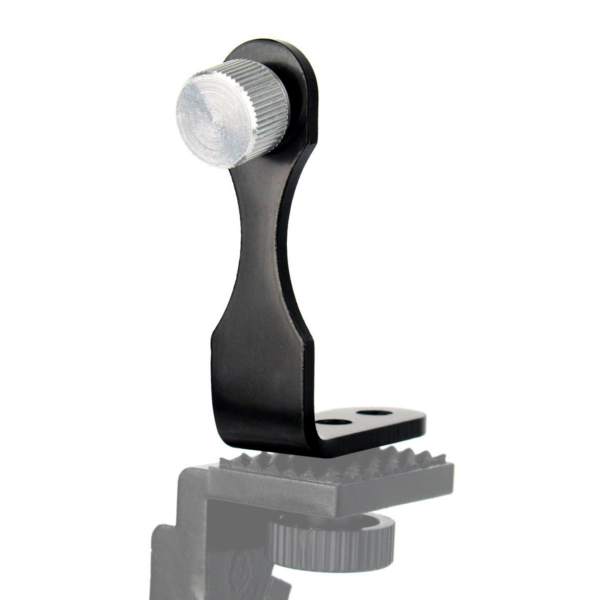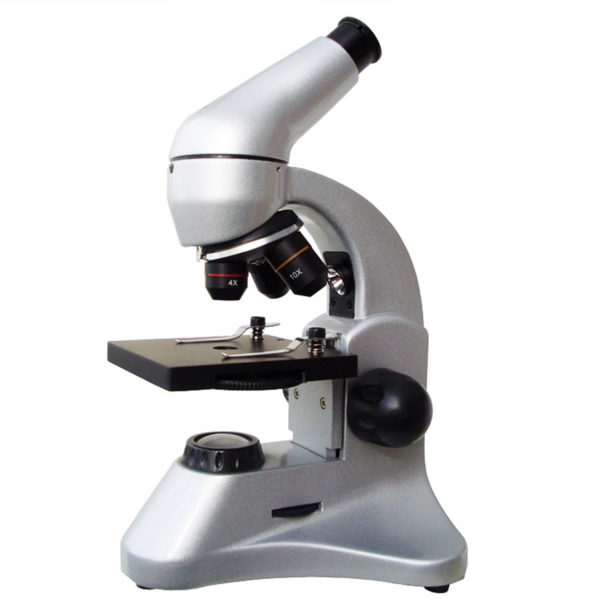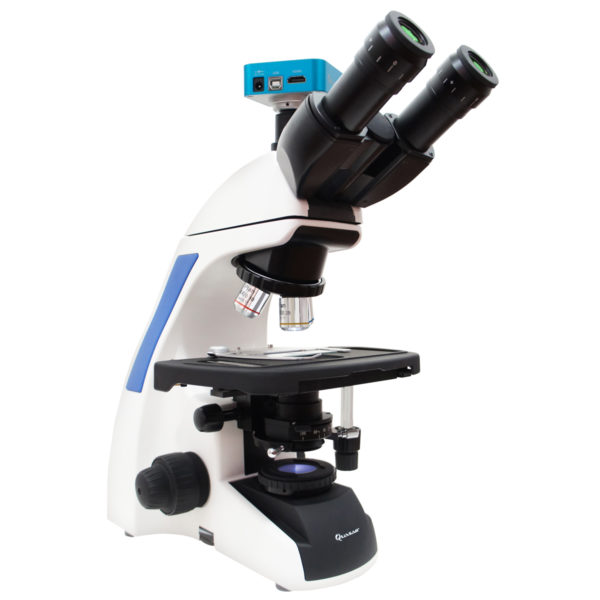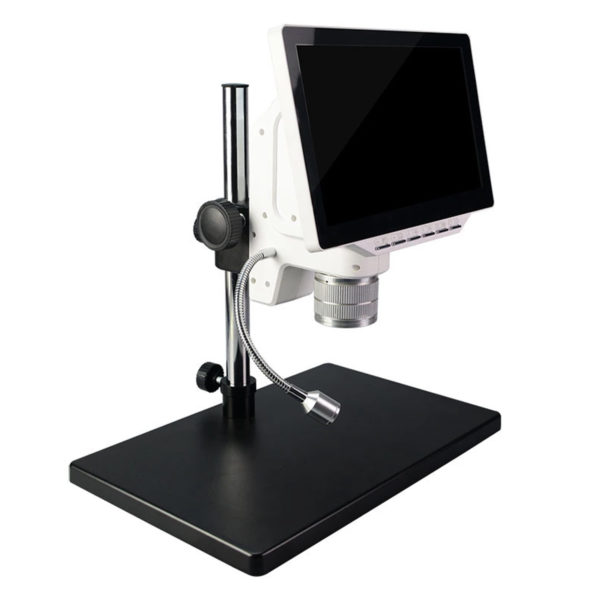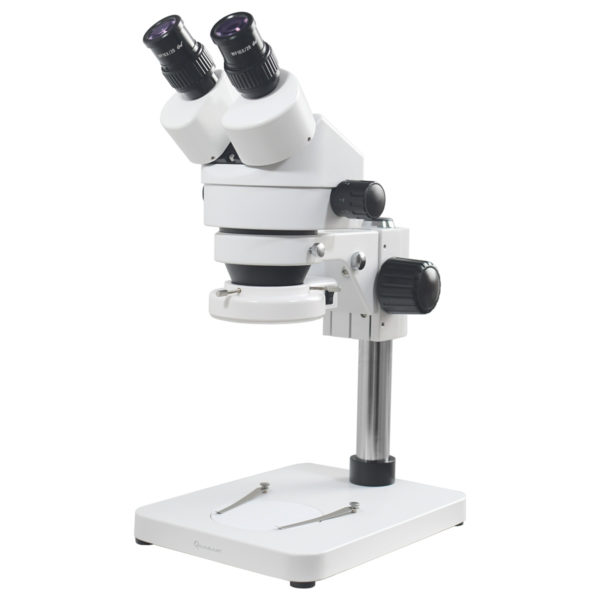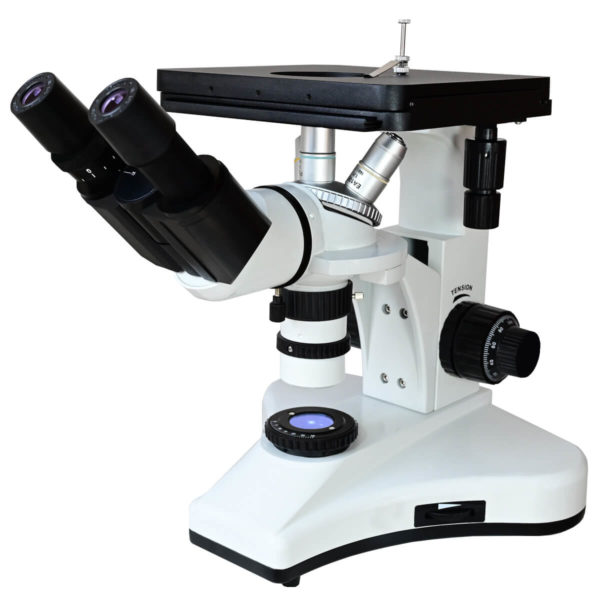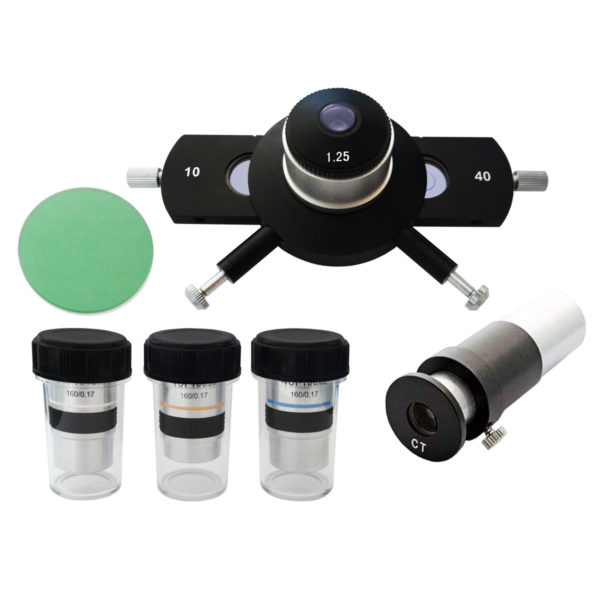India beyond the Moon
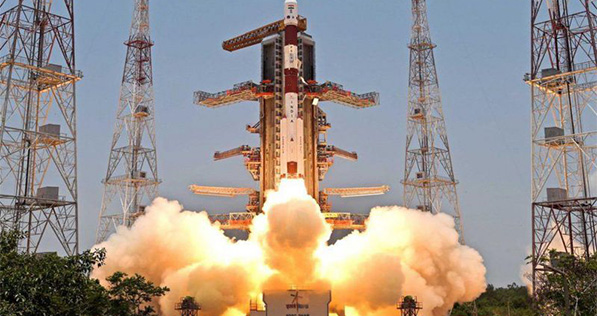
In recent days we all saw with astonishment that India was the fourth country to land on the Moon, not only that, it is carrying out a mission in the least unexplored parts of the Moon, a success, but India took out its rocket again, put it on the platform, pointed with the finger and said «to the Sun».
By September 2, its first solar observation mission was launched, it was so sudden and the world was so focused on the Moon that no one saw it coming, we could say that India took advantage of the moment to make a combo.
Aditya-L1 which is the name of this spacecraft lifted off from the Sriharikota pad on Saturday at 11:50 Indian time. The Indian space agency forecasts that it will take about four months for the probe to reach the desired point.
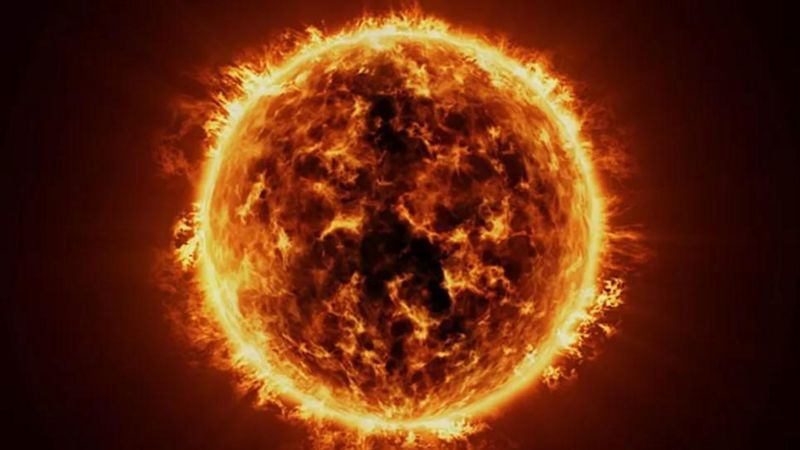
The mission is named Surya, which is the name of the Hindu god of the sun, but not only that, this god is also known as Aditya, which is the name of the probe that will study the sun.
Once Aditya-L1 is at the Langrange 1 point (the name L-1 is precisely because of this point) it will be able to orbit the sun at the same time as the earth.
It has become a great spectacle, as on Saturday when the mission was launched there were thousands of people gathered at the viewing platform set up by the Indian Space Research Agency (ISRO), the event was broadcast on National Television.
In the transmission, the scientists were heard saying that the launch result was successful and that a normal and smooth performance was expected after one hour and four minutes of flight.
Project lead scientist Nigar Shanji believes that this project is not just about India, as it will have an impact on the global scientific community. This position has a strategic view of the Sun at all times, even during an eclipse like the one coming soon in the northern hemisphere of the Earth.
ISRO explains that the orbiter carries enough instruments to observe and study the solar cornea, photosphere and chromosphere; these studies will help scientists understand solar activity, such as solar winds or flares, as well as the effects they may have on the Earth and the space around it.
UNOOSA expects Aditya to help us better understand the sun, as well as prevent solar flares and solar winds from damaging the satellite.
Undoubtedly we are witnessing a feat, as India is not only the fourth country to land on the Moon, it is also the fourth country to launch a probe to study the Sun, the first was Japan in 1981, followed by NASA and ESA in the 90s, then two joint missions of these organizations in 2020 and 2021 being the first time that a probe flies through the Sun’s corona.
